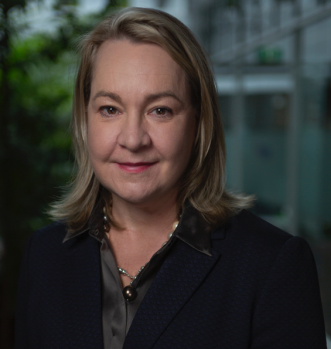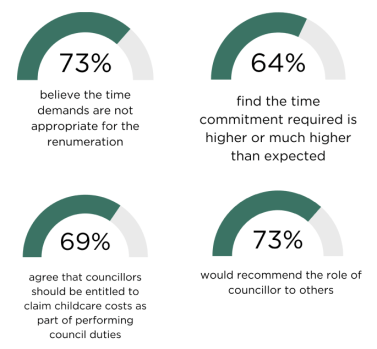A significant number of women councillors in Victoria have been bullied and harassed by their fellow councillors.
Responding to a councillor census, more than 60 per cent of the female councillors who participated said they had been impacted by threatening or intimidating behaviour by their fellow councillors (61 per cent), including bullying and harassment. Men were less impacted by hostile behaviour from colleagues (43 per cent).

One in five of the 300 councillors who participated in the inaugural Victorian Councillor Census – conducted by the Victorian Local Governance Association, an independent organisation that supports good governance – described their mental health as having “suffered substantially” from the experience. Some councillors indicated that their decision not to run again was driven by the hostile working environment.

“While confronting, the VLGA is not surprised by the number of councillors who have experienced threatening or intimidating behaviour in their role,” CEO Kathryn Arndt told GN. “We have been hearing anecdotally from elected representatives for years about the hostility they have experienced from fellow councillors and members of the public.”
“The census has now given us the tangible data we need to support our advocacy work in this space,” Arndt added.
Meanwhile, almost 80 per cent of women (77 per cent) and 47 per cent of men said they thought the processes in place to deal with inappropriate behaviours by other councillors were ineffective.
“There has been terrible behaviour by other councillors, which has had an impact on councillors, staff and the organisation. However, there is little that can be done to deal with it,” said a census participant.
“We strongly believe the time to act is now and call on all tiers of government to work with the VLGA to illicit meaningful and enduring change,” Ardnt said.
The VLGA census was established to capture understanding of the overall experience of a councillor across the duration of their four-year term. Asked what motivated them to stand for council, a large majority – 73 per cent – said to serve the community, while 62 per cent said the reason for standing was to make change in the community.

However, 42 per cent of respondents said councillors have a limited ability to effect positive change.
Also, 73 per cent of the councillors surveyed said they believed the time demands are not appropriate for the remuneration received, while 64 per cent found the time commitment required is higher or much higher than they expected – the average weekly hours spent on council-related activities was 29.2 hours. “I have found it very stressful and a lot of work is not fully renumerated,” said one councillor.
Almost 70 per cent of respondents (69 per cent) felt childcare costs should be an expense councillors should be entitled to claim as part of their duties. Women in particular felt strongly about childcare expenses.
Despite the low allowance and high time demands, 73 per cent of councillors said they would recommend the role to others.

VLGA intends to conduct the census annually to track councillor demographics, attitudes and key challenges for local council governance over time. “The VLGA hopes the census findings will be used by government to inform policy, funding allocations and related sector discussions, which not only enhance the working environment for councillors but also the outcomes for the communities they represent,” Arndt said.




I was a Councillor in a toxic Council. Reported to all Local Government authorities, what a joke! …like Dracula guarding the blood bank. So, I went to YouTube. Live footage doesn’t lie – it captured councilors. executive’s and the real culture of the organisation…. which went on to win a NSW Local Government award for their ‘Culture”, Silverware on display in the foyer.
What is “threatening and intimidating behaviour”? In fact, what is “bullying”?